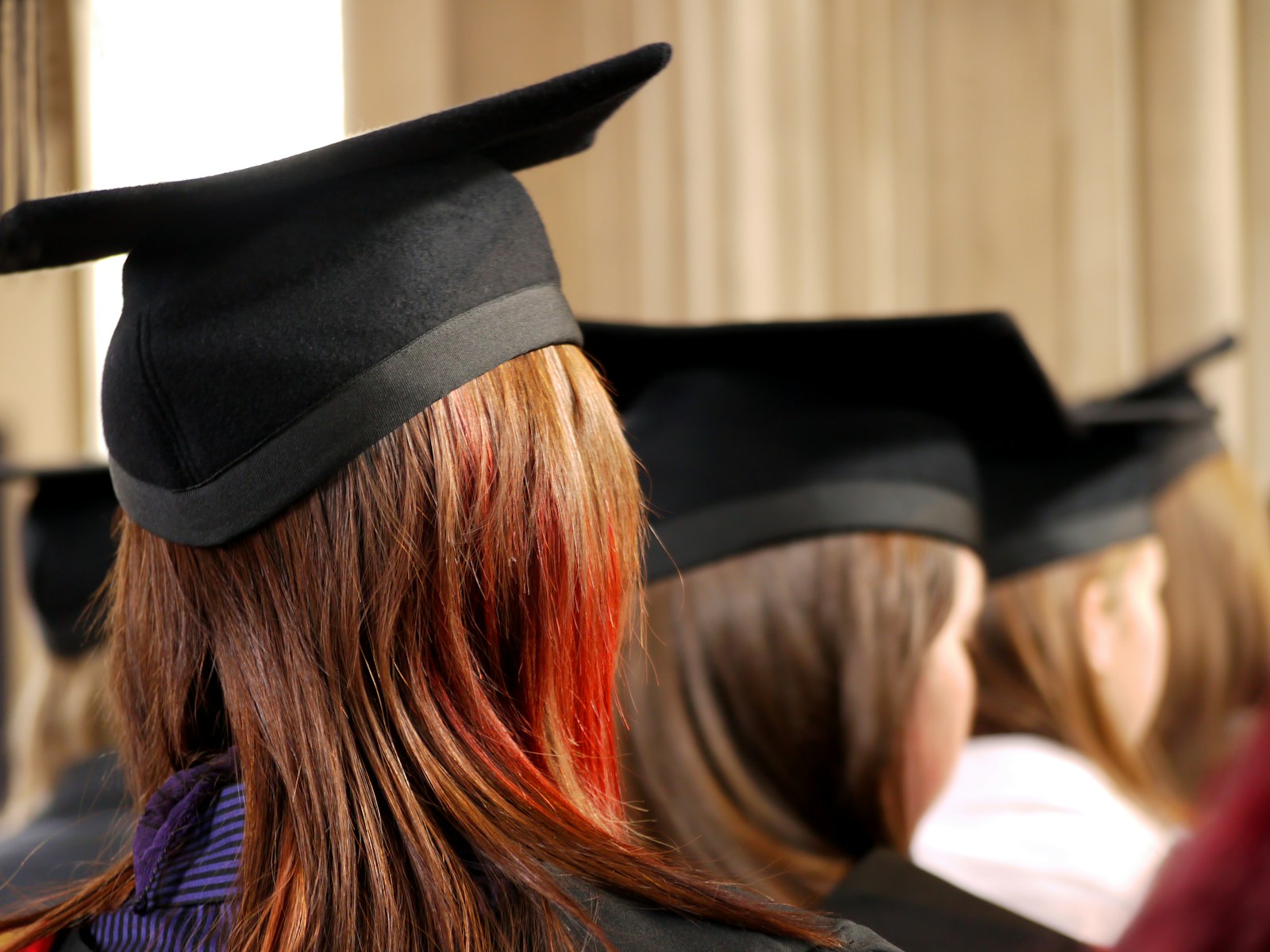The Singapore education system has always been lauded as one of the best in the world. Thus, it is not surprising that both primary and secondary school students from the city-state are consistently at the top of global academic rankings, particularly in mathematics and science. In the 2018 Organization for Economic Co-operation and Development (OECD) Programme for International Student Assessment (PISA), it was noted that 15-year-old Singapore students also performed better in reading literacy than most OECD countries.

However, it is worth pointing out that these commendable results do not automatically mean that all students in the Lion City are thriving in their school life. In reality, some still struggle academically, socially, or psychologically—and this is especially true among high schoolers. Sadly, the hyper-competitive culture and high parental pressure to excel academically, coupled with the changes adolescents face, make things even more challenging. That said, teachers may need to come up with a range of strategies to help struggling kids.
Perhaps you teach in a local educational institution or a Singapore international high school, and you are looking for ideas to assist students experiencing difficulties. If so, here are some things you may want to consider to help them move forward.
Know Your Students
Assisting struggling students always starts by trying to know them on a personal level. Consider digging deeper to understand where the difficulty is coming from. Learners who struggle academically do not suddenly experience such problems overnight. Perhaps, they needed assistance years ago and never received it, which, in turn, led them to give up, act up, or feel frustrated.
Students who appear isolated and withdrawn may be going through social and emotional difficulties. It could be because of family issues, excessive stress, or feelings of rejection, among other things. Ultimately, you have to know what is going on in their head if you desire to assist them fully. You may want to make an effort to know your students and strive to develop meaningful relationships with them. When you know them better, you will be in a better position to identify suitable solutions to address their struggles.
Work with the Family
Part of knowing your students better and helping them cope with whatever difficulties they are going through is reaching out to their parents or guardians. It will help if you start building a link between the school and home at the start of the school year—before most problems even occur. Perhaps, you could invite parents and guardians to participate in school activities once in a while, or maybe update them on how their children are doing in class. Whatever method you decide on, try to keep the interaction positive to create a good impression.
By establishing contact early on, parents will be more willing to hear you out if you notice their children struggling to cope with school life or their own personal issues. Remember that you need their involvement more than anyone else to address the needs of your students. Aside from acquiring valuable insights about the issues being experienced by a child, working with the family can also ensure that whatever intervention you introduce in school will be sustained and complemented at home.
Tap Available School Resources
Another prudent strategy you may want to consider to help struggling students is looking at all resources available to you. You can check the learners’ standardized test results and previous grades to have a better picture of their academic skills. Or maybe you could talk to their former teachers if you have questions about their past work or behavior. Don’t forget to seek the help of an educational psychologist if there is one in your school as well.
With regard to students struggling with stress, anxiety, or other mental health concerns, you may want to coordinate with your school counselors. They can meet with students experiencing such difficulties on a regular basis to help them work on their issues. You can also take advantage of whatever peer support system is available in your institution. After all, young people are more inclined to talk with peers who can relate to their experiences. Perhaps, you could consider tapping this buddy system if you believe that the struggling student will open more to someone their age.
Adjust Instructional Methods When Needed
Your students learn differently, which means that just because collaborative learning brings out the best in most learners, for example, that doesn’t imply that those who perform less than average are problematic. As you may know, your classroom is filled with a mix of visual, tactile, verbal, or more reserved students. You deal with high schoolers with different personalities, strengths, and abilities. As such, you may need to modify your teaching techniques to address the needs of those who are struggling.
For instance, if you have a learner who is struggling with social anxiety, you may want to pair students yourself during activities instead of letting them choose their partners to prevent anyone from being left out. Or, if someone has trouble understanding new lessons, you can try using visual aids, interactive whiteboards, and similar means to facilitate learning.
Helping struggling students is one of the many challenging tasks teachers encounter. It requires commitment, tons of hard work, and sincere effort on the part of educators. However, the rewards are undoubtedly worth it. As you assist students in your class, keep in mind to use all available resources and support strategies, and try to explore creative instructional methods as well. More importantly, make sure to intervene as early as possible. Opt to be proactive at addressing your students’ issues to have a better chance of success in solving them.


